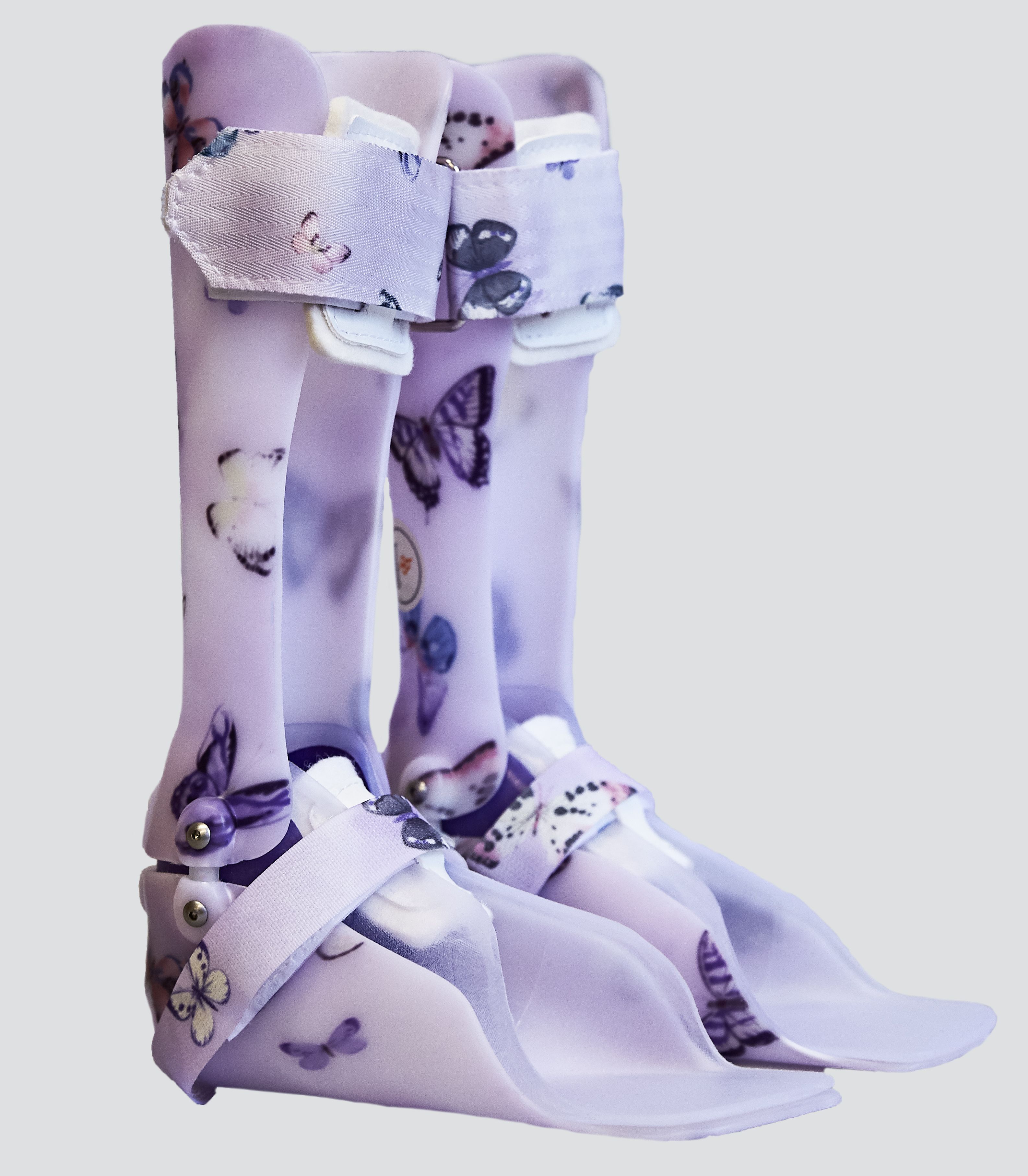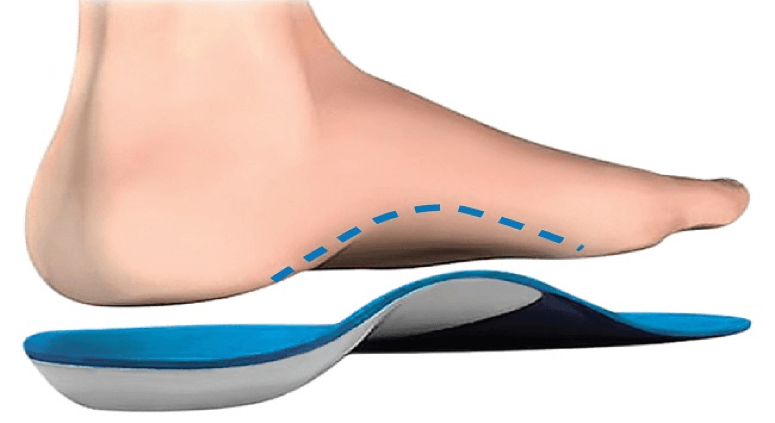Boot Fitting 101 Essentials Thornton CO
The Art of Ski Boot Customization Loveland CO
Cold ft in ski boots is a standard issue faced by skiers, affecting their comfort and total performance on the slopes (Ski Boot Fit Methods Nederland CO). Warmth is essential for an enjoyable snowboarding experience, and chilly toes can diminish the joys of gliding down a snow-covered mountain. Understanding the reasons behind chilly toes in ski boots and methods to combat it can make a significant difference in your snowboarding adventures
Ski boots are designed to offer the support necessary for snowboarding but can also be a supply of discomfort. A tight fit, whereas crucial for management, can restrict blood move, resulting in cold toes. This is particularly true if the boots are too small or not properly fitted. Ensuring that ski boots are the proper dimension is step one in preventing chilly feet.
The Role of a Boot Fitter Superior CO
Another issue contributing to chilly ft in ski boots is moisture. When your ft sweat contained in the boots, that moisture can result in a chilling effect as the temperature drops. Skiing typically involves excessive vitality expenditure, and the warmth generated contained in the boots can shortly be lost as sweat accumulates. Using moisture-wicking socks or boot liners can significantly alleviate this downside.
Insulation in ski boots plays a vital position in keeping toes warm. Many boots include varying degrees of insulation, and the selection of material can affect how well they keep heat. Insulated boots are designed to maintain heat in, but deciding on the right degree of insulation in accordance with the climate and particular person preferences is essential. Some skiers choose additional layers, whereas others might discover thicker liners too constricting.

Choosing the right socks is just as crucial as deciding on the right boots. Thick, bulky socks can impede circulation, resulting in chilly ft in ski boots. Opting for skinny, high-performance ski socks made from materials designed to wick moisture might help hold feet warm. Additionally, keep away from cotton socks as they preserve moisture and contribute to cooling down.
Another often-overlooked aspect is how one attire for a ski outing. A comprehensive layering system is significant. For ski trips, preserving the entire body heat ensures that extremities, just like the toes, stay warm as nicely. Investing in quality base layers, mid-layers, and outerwear might help optimize physique temperature and circulation.
Boot Fitting Challenges and Solutions Broomfield CO
Using foot heaters or heated insoles may be particularly efficient for those susceptible to chilly toes. These units provide a further heat supply and may be found in varied types, from disposable chemical heaters to rechargeable battery-operated choices. They may help prolong comfort all through the day on the slopes.
Adjusting the best way you fasten your boots can even make a major difference. Ski boots must be snug but not overly tight. A too-tight fit can constrict blood circulate, leading to chilly toes. Learning the means to properly adjust the buckles can help achieve a cushty fit that balances heat and performance.
Take observe of how lengthy you spend standing still versus snowboarding. Cold ft are sometimes exacerbated by inactivity. During breaks or whereas ready in lines, toes have a tendency to cool down significantly. Making an effort to keep moving, even when waiting, can help preserve heat.
Ski Boot Sizing Guidelines Erie CO
Plan your breaks properly. When taking a break, find a warm spot to relaxation. Stamping your toes or doing easy workout routines can keep your blood circulating and prevent cold toes in ski boots. Remaining conscious of your physique's temperature can guide well timed interventions to maintain heat locked in.
Remember that choosing the proper ski resort and situations can even have an result on how chilly toes feel. Some places are recognized for their biting winds and lower temperatures. More protected ski areas with sunnier circumstances can provide a greater snowboarding experience. Thus, the choice of skiing location can not directly affect how chilly or heat your ft really feel throughout the day.
Finally, staying hydrated is crucial. When the body is well-hydrated, circulation improves, which is essential for maintaining heat. It’s simple to neglect to drink water while involved in actions, particularly in chilly weather, however making a acutely aware effort to stay hydrated can have significant advantages.

Addressing chilly ft in ski boots typically includes trial and error, adapting gear and methods to find the right solution for individual wants. Every skier is totally different, and what works for one individual won't work for another. It’s essential to experiment with various socks, boot types, and layering methods to search out the best combination for oneself.
Boot Fit Assessment Techniques Lafayette CO
Ultimately, enjoying snowboarding to the fullest requires consideration to the little issues that impact comfort and performance. Understanding the causes of chilly ft in ski boots and implementing strategies to prevent it can remodel a chilly ski day into an exhilarating experience. By preserving ft warm, skiers can give attention to soaking in the good thing about the mountains and the thrill of the ride.
Cold ft should not be a recurring challenge but rather a possibility for skiers to refine their setup and strategies. Emphasizing warmth and luxury ensures a more enjoyable day on the slopes, permitting for longer and more fulfilling runs. Each skier can take proactive steps to mitigate the chill, turning snowboarding into a joyous winter adventure quite than a battle against the chilly.
As the season unfolds, remember that snowboarding is about enjoying the mountains, the contemporary air, and the thrill of gliding on snow. Keeping cold toes at bay enhances every aspect of the expertise, allowing for a concentrate on method and enjoyment quite than discomfort.
Fitting Aspects Impacting Performance Wheat Ridge CO
Finding pleasure in skiing is feasible by addressing everything from boot fit to sock choice, layering, and hydration. By prioritizing these elements, skiers can ensure they've the proper measures in place towards cold toes, permitting every journey down the slope to be as exhilarating as intended.
- Proper fit of ski boots is crucial; too much room can lead to chilly feet because of inadequate blood circulation.
- Insulating footbeds created from supplies like gel or specialized foam can improve heat by providing thermal safety.
- Toe warmers or heated insoles are effective equipment to combat cold ft, particularly in extremely low temperatures.
- Keeping ft dry is essential; moisture from sweat can result in vital cooling, so moisture-wicking socks are recommended.
- Choosing the best socks, usually made from merino wool or synthetic blends, can considerably enhance warmth and luxury.
- Periodically taking breaks permits for foot movement and circulation, helping to alleviate numbness and improve warmth.
- Ensure that ski boots aren't overly tightened, which might prohibit blood flow and contribute to cold sensations.
- Tuning the boot’s insulation stage based on weather circumstances can keep ft hotter; consider models with adjustable features.
- Using ski boot heaters or foot warmers can provide a consistent supply of heat throughout long outings on the slopes.
- Familiarizing oneself with layering methods for ski gear can even assist in preventing cold ft by maintaining general physique heat.undefinedWhat causes chilly toes in ski boots?
Custom Ski Boots for Optimal Fit Lafayette CO
Cold ft in ski boots is usually attributable to poor circulation, inadequate insulation, or moisture inside the boot. If your toes are chilly, it may mean your boots are either too tight, not warm enough, or not fitted correctly.
How can I stop chilly toes while skiing?
To stop cold feet, ensure your ski boots fit properly without being overly tight. Use moisture-wicking socks manufactured from wool or artificial supplies, and contemplate boot heaters or heated insoles for added heat.
Boot Fitting Considerations for Skiers Wheat Ridge CO
Are ski socks essential for keeping my feet warm?
Yes, ski-specific socks are designed to offer warmth whereas allowing moisture to escape. They are sometimes thicker around key areas like the toes and shin, enhancing insulation without compromising comfort.
Is it okay to put on two pairs of socks in ski boots?
Wearing two pairs of socks can really prohibit circulation, resulting in colder ft. It’s higher to choose a single, well-fitted moisture-wicking sock designed for snowboarding.
Custom Fit Boot Liners Overview Golden CO
What ought to I do if my ft get cold while skiing? (Custom Footbeds for Improved Fit Northglenn CO)
If your toes become cold, take a break to heat them up. Remove your boots for a few minutes, wiggle your toes, and consider including foot heaters or transferring to a hotter setting, if attainable.
How to Put On & Fit Ski Boots Guide Dacono CO
Can boot liners assist with chilly feet?
Yes, high-quality boot liners can significantly enhance insulation and heat. Consider custom or heat-moldable liners that conform to your foot, enhancing both comfort and thermal management.
How essential is boot fit in preventing cold feet?
A proper boot fit is essential for stopping chilly ft. Boots ought to be cosy however not overly tight, allowing for good circulation whereas maintaining heat contained. Poor fitting can lead to pressure points, restricting blood move.
Custom Ski Boot Fit Services Golden CO
Do the kind of ski boots affect warmth?
Absolutely. Insulated or high-performance ski boots typically present higher thermal safety. Research the precise features of boots, as some models prioritize heat together with performance.
Basics of Ski Boot Architecture and Fit Lafayette CO
Should I be concerned about moisture in my ski boots?
Yes, moisture can contribute to chilly toes. Always dry your boots totally after every use, and think about using waterproof boots or gaiters to maintain snow and moisture out while skiing.
What are some indicators that my ski boots are too tight?
Is Bootfitting Really Necessary? Arvada CO
Signs that your ski boots are too tight embody tingling or numbness in your toes, chilly ft, or noticeable discomfort when sporting them - Boot Fitting Instructions for Beginners Nederland CO. If you experience any of those, contemplate getting an expert fitting or adjusting the boot measurement
Read Full Article click over here now